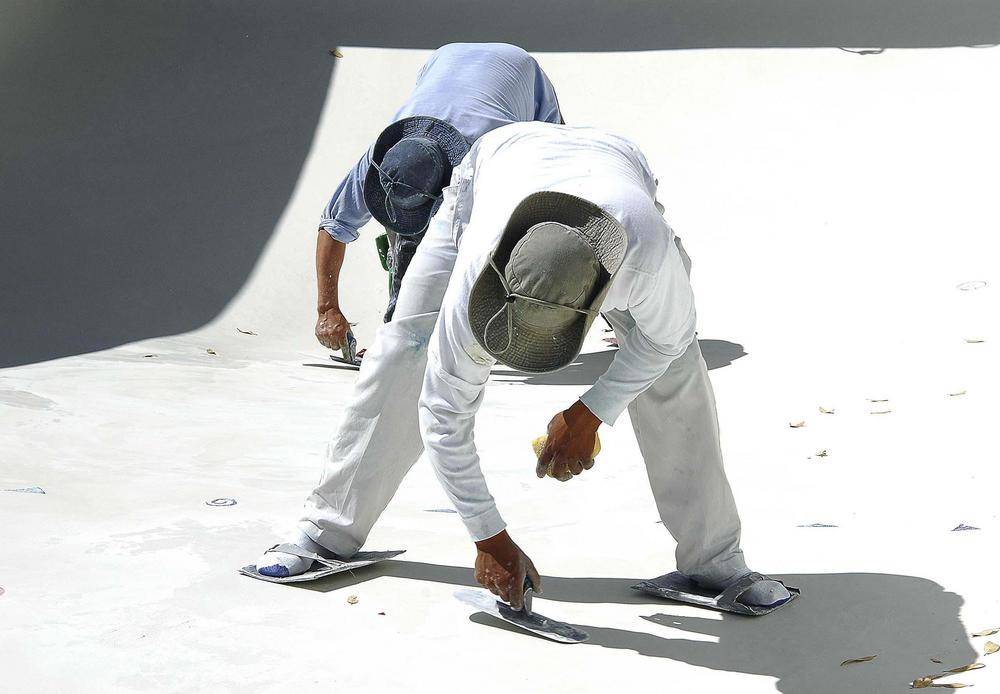hi, i will have my pool completed in 3 weeks, concrete, 6 x 4, pebblecrete finish, Watermaid salt water chlorinator, Waterco varible speed pump, and new Taylor 2006c test kit, i been researching, watching youtube vids, reading manuals, but still it seems a bit like where do i start,
can someone tell me what tests are important in order of like most to least, when and how often i should test ?
i also heard something about a new concrete pool will take months or even up to a year to settle and cure fully so balancing water for the first year is all over the show
i have the TFP app on my phone ready not really sure if i know how to run it but i guess will figure it out....thanks
can someone tell me what tests are important in order of like most to least, when and how often i should test ?
i also heard something about a new concrete pool will take months or even up to a year to settle and cure fully so balancing water for the first year is all over the show
i have the TFP app on my phone ready not really sure if i know how to run it but i guess will figure it out....thanks


